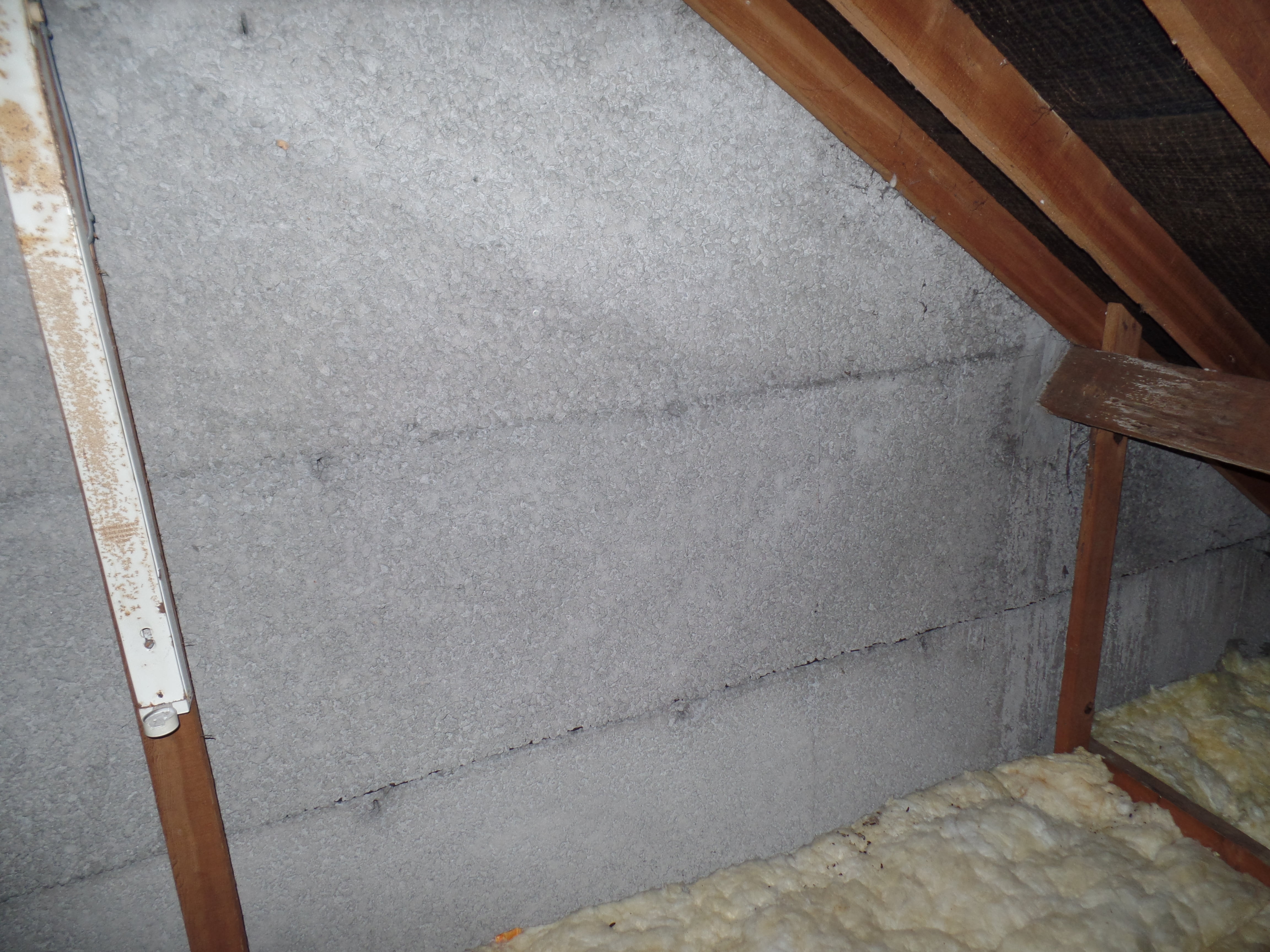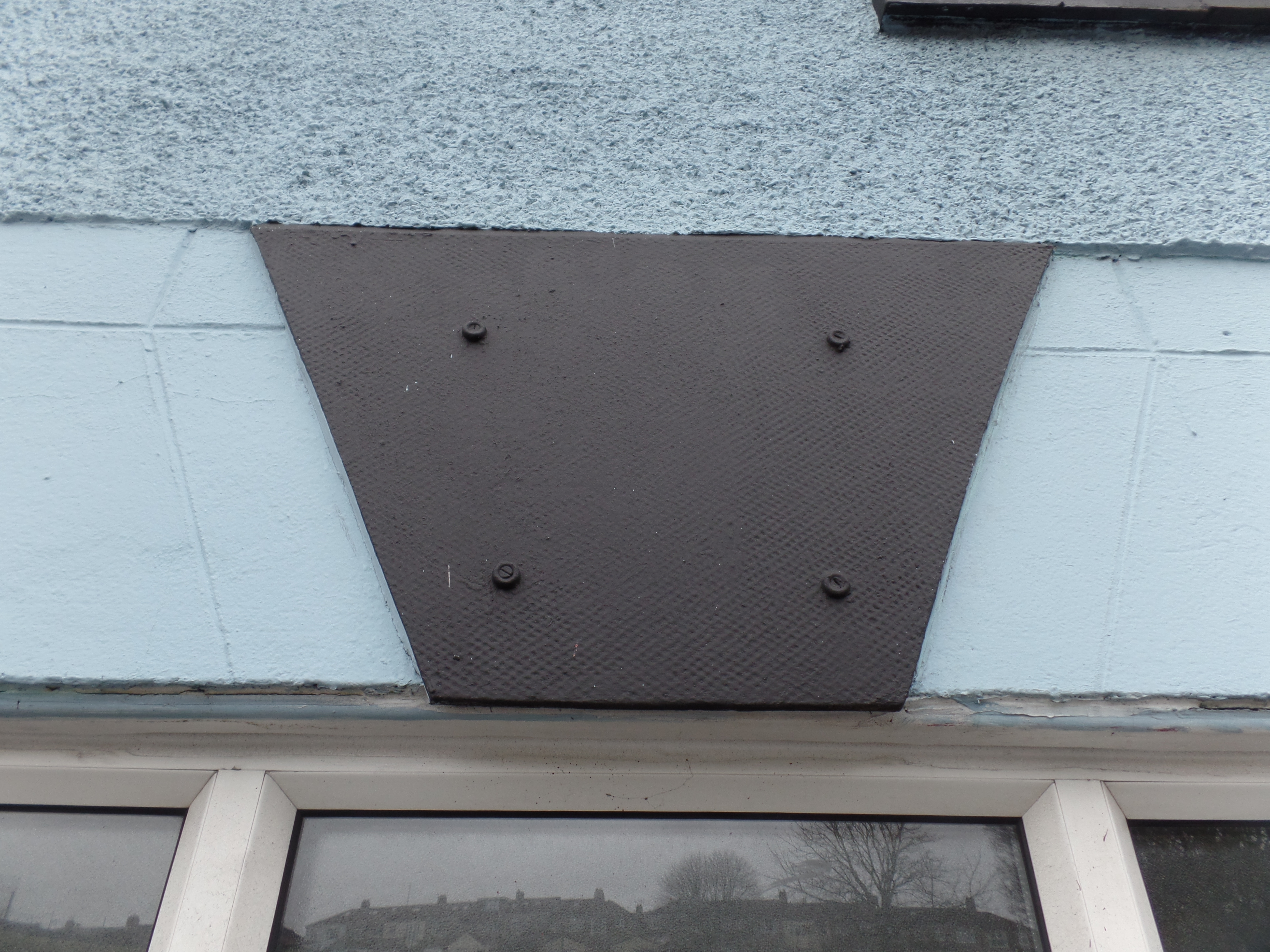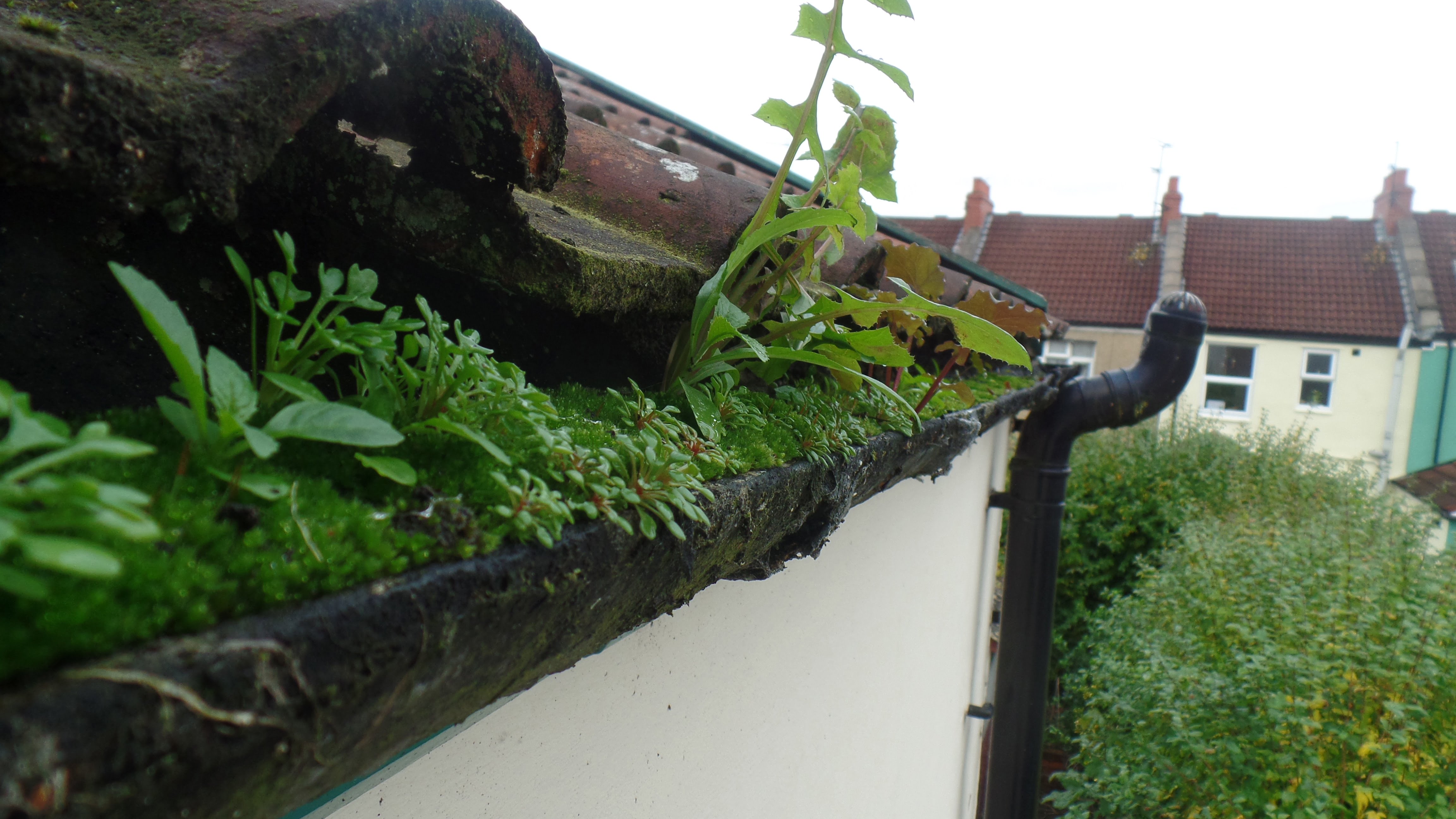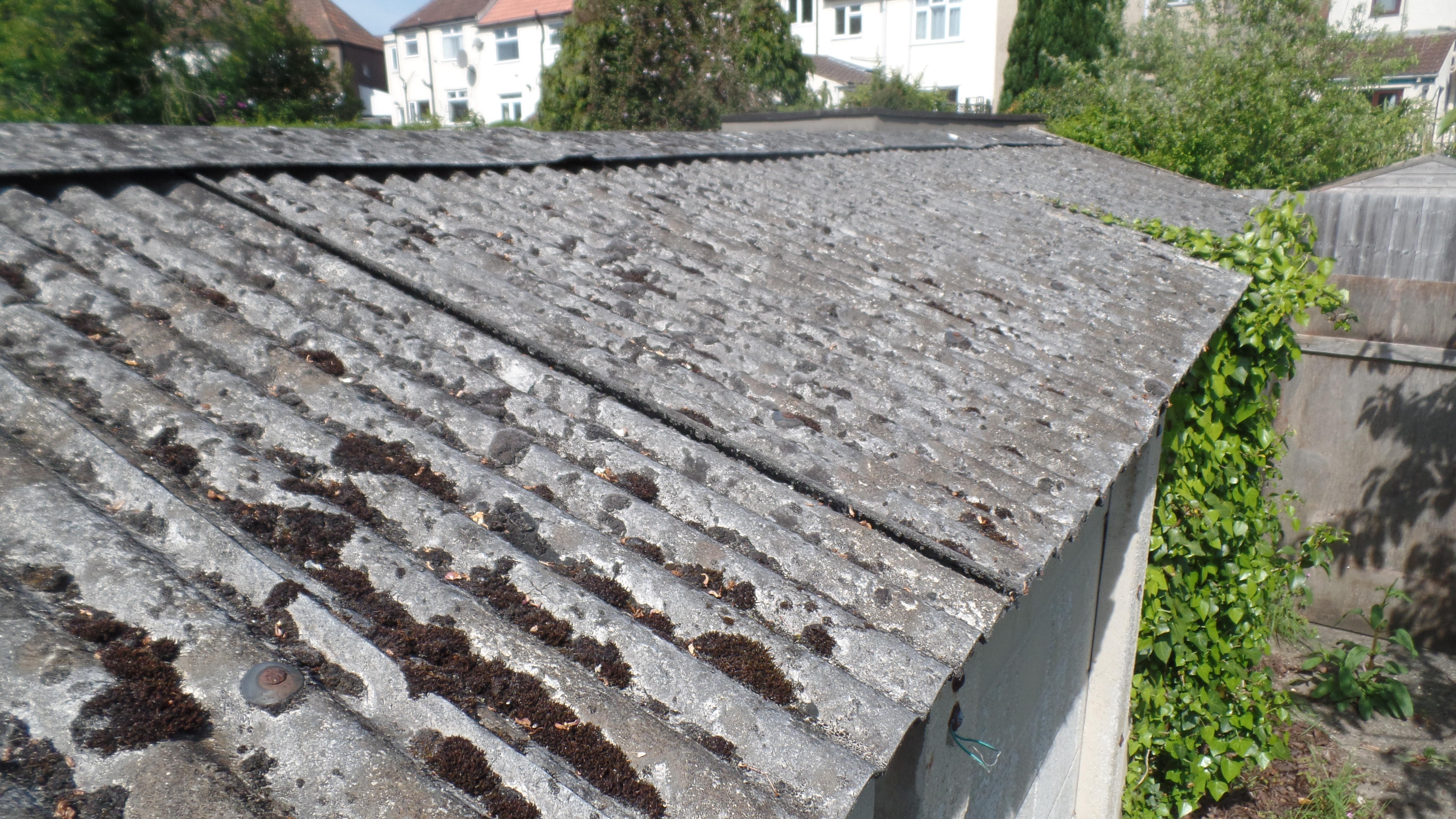The Beast from the East is Snow Joke
The Beast from the East is Snow Joke
When we are explaining the findings of our Building Surveys, our clients often ask why sarking felt is so important. It’s only a softish layer fastened under the tiles or slates ! Why is its detailing (finish) so vital to the weather tightness of the building? It is intended to act as a defence against snow and wind-driven rain getting beneath the tiles and into the attic. The snowfalls of winter 2017-8 have dramatically highlighted the importanceof this!
Over the past few weeks our insurance team have been visiting dozens of houses affected by the “Beast from the East”.
The first thing most policyholders notice is water dripping through the upstairs ceiling. Then when they check inside their roof, they find soaking wet insulation. So why hasn’t the roof leaked before? The direction in which the wind is travelling and its ferocity finds even minor gaps in the sarking felt. Many roofs survived the prolonged snows of 2012, the “Deep Freeze” as it was called then. Why? Because these did not come with the same wind levels and associated snow drifts.
What about Insurance cover?
These ‘small rips’ in the sarking felt can result in a great deal of damage, especially to the ceilings directly beneath. And insurers are unlikely to cover re-felting or associated roofing work because the rips were pre-existing.
However, some owners have extra ‘accidental damage’ insurance cover to the building. Then damaged loft insulation and ceilings resulting from the snow melting into the habitable spaces beneath may be covered.
Who is at risk?
The occupants of one 1930’s house said they had had a survey whenthey bought the property a few months previously. It was a “homebuyer’s report” and the roof was flagged as amber. This indicated that the roofwas acceptable from a surveying perspective. Had we carried out our full building survey, we would have suggested replacing the roof – it had original clay tiles and poorly lapped felt. The felt was probably fitted in the 1970’s when it was common not to overlap the felt sufficiently.The consequence of the poorly overlapped felt was a very wet ceiling.
We also visited a property constructed in the 1970’s with the original roof still in place.There was a gap of some 20mm between the sheets of felt; again snow leaked into the roof void as a result.
It is not just older buildings that have seen snow ingress into roof spaces. We have visited some that are only 5 years old. Here, the clever ventilation details around the ridges and eaves have allowed the wind-driven snow to enter the loft spaces. This has caused considerable damage. Since recent insulation is much thicker( some 270 mm), it took some time for the problem to become apparent. The result was either larger stains or in one case the insulation was so wet the weight of water caused the ceiling to fall in. These types of ventilation detail are great in helping the properties to breathe. However, water ingress had not been revealed as an issue until tested by the recent snow and strong winds.




